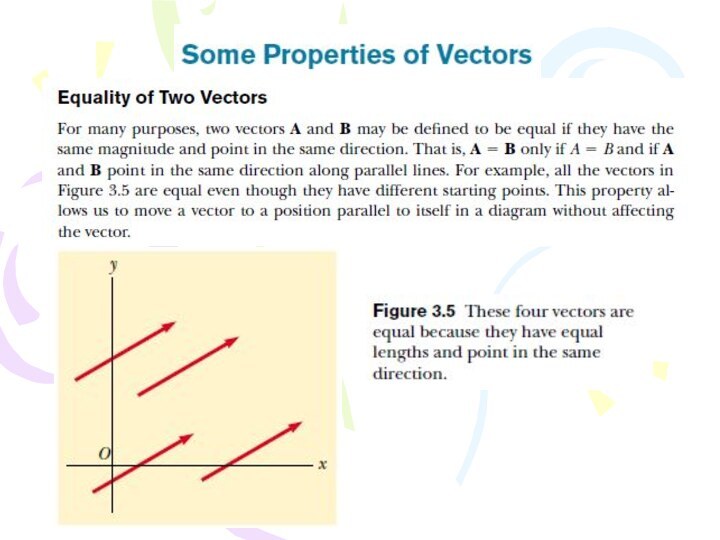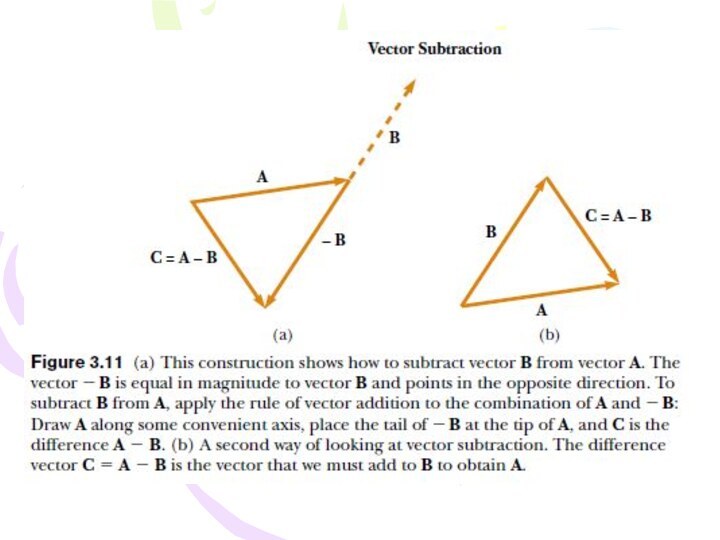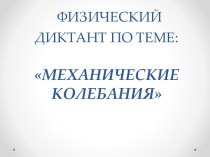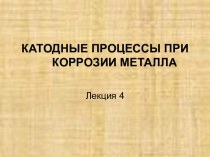- Главная
- Разное
- Бизнес и предпринимательство
- Образование
- Развлечения
- Государство
- Спорт
- Графика
- Культурология
- Еда и кулинария
- Лингвистика
- Религиоведение
- Черчение
- Физкультура
- ИЗО
- Психология
- Социология
- Английский язык
- Астрономия
- Алгебра
- Биология
- География
- Геометрия
- Детские презентации
- Информатика
- История
- Литература
- Маркетинг
- Математика
- Медицина
- Менеджмент
- Музыка
- МХК
- Немецкий язык
- ОБЖ
- Обществознание
- Окружающий мир
- Педагогика
- Русский язык
- Технология
- Физика
- Философия
- Химия
- Шаблоны, картинки для презентаций
- Экология
- Экономика
- Юриспруденция
Что такое findslide.org?
FindSlide.org - это сайт презентаций, докладов, шаблонов в формате PowerPoint.
Обратная связь
Email: Нажмите что бы посмотреть
Презентация на тему Physics and Measurement. Vectors. Course of lectures Contemporary Physics: Part1. Lecture 1
Содержание
- 2. Various examples of physical phenomena
- 3. Physics (from Ancient Greek: φύσις physis "nature") is a
- 5. The basic domains of physics
- 6. Galileo Galilei (1564–1642)History of physicsAristotle (384–322 BCE)
- 7. Isaac Newton (1643–1727)Michael Faraday (1791–1867)
- 8. Albert Einstein (1879–1955)Clausius (1822-1888)
- 9. Base units are: kg, m, s, A,
- 14. arithmetic mean
- 15. Absolute error and relative error
- 16. Standard deviation
- 18. A frame of reference in physics, may
- 23. Dot productThe dot product of two vectors
- 24. Cross productThe cross product (also called the
- 25. Gradient
- 26. DivergenceApplication in Cartesian coordinatesLet x, y, z
- 27. CurlIn vector calculus, the curl (or rotor)
- 28. Скачать презентацию
- 29. Похожие презентации
Various examples of physical phenomena




























Слайд 9 Base units are: kg, m, s, A, K,
mol and cd.
In Si system this units have
independent dimension.Слайд 18 A frame of reference in physics, may refer
to a coodinate system or set of axes within
which to measure the position, orientation, and other properties of objects in it, or it may refer to an observational reference frame tied to the state of motion of an observer. It may also refer to both an observational reference frame and an attached coordinate system, as a unit.Frame of reference
Слайд 23
Dot product
The dot product of two vectors a
and b (sometimes called the inner product, or, since
its result is a scalar, the scalar product) is denoted by a ∙ b and is defined as:where θ is the measure of the angle between a and b (see trigonometric function for an explanation of cosine).
Geometrically, this means that a and b are drawn with a common start point and then the length of a is multiplied with the length of that component of b that points in the same direction as a.
The dot product can also be defined as the sum of the products of the components of each vector as
Слайд 24
Cross product
The cross product (also called the vector
product or outer product) is only meaningful in three
dimensions. The cross product differs from the dot product primarily in that the result of the cross product of two vectors is a vector. The cross product, denoted a × b, is a vector perpendicular to both a and b and is defined as:
Слайд 26
Divergence
Application in Cartesian coordinates
Let x, y, z be
a system of Cartesian coordinates be a system of
Cartesian coordinates on a 3-dimensional Euclidean space, and let i, j, k be the corresponding basis be the corresponding basis of unit vectors.The divergence of a continuously differentiableThe divergence of a continuously differentiable vector field F = U i + V j + W k is equal to the scalar-valued function:





























